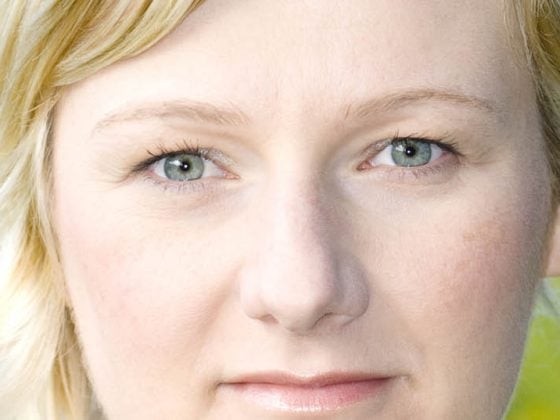In this issue, the focus is on gastroenterology. Specifically, fecal incontinence and Barrett’s esophagus.
The former represents a very complex subject area, which is already apparent in the exact definition: usually a combination of different symptoms occurs, which can range from passive incontinence to urge incontinence to fecal smearing. What is often underestimated is the psychological component. If someone loses stool unintentionally, this is usually associated with great shame, which makes asking the attending physician specifically about such problems all the more important. Incontinence particularly affects the elderly and those with dementia, but it can also occur in women with birth trauma or after surgery to the anal area.
In therapy, conservative measures should be taken first: high-fiber diet, high-fiber bulking agents for support if necessary, and loperamide and biofeedback. If this does not work, invasive surgical measures can be considered, the most promising being sacral neuromodulation.
Barrett’s esophagus is defined as the presence of cylinder epithelium in the distal esophagus with additional specialized intestinal metaplasia. Since dysplasia and, in the worst case, adenocarcinoma can arise from this so-called barrette epithelium, screening should be discussed especially in patients with multiple risk factors. This is especially true because adenocarcinoma, however rare it may develop from, carries an extremely poor prognosis. For the therapy of “high-grade” dysplasias, both mucosal resection and radiofrequency ablation show very good long-term results, with endoscopic resection being preferable to surgical therapy due to lower complication rates.
With this in mind, I hope you enjoy reading about these two important topics in gastroenterology!
PD Dr. med. Stephan Vavricka, Zurich
HAUSARZT PRAXIS 2014; 9(1): 16











